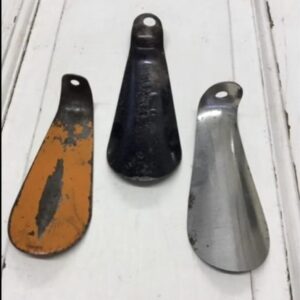The antique manual corn sheller is a fascinating agricultural tool that played a pivotal role in farming history. Before modern machinery took over, this simple yet ingenious device transformed how farmers processed corn. Serving as a symbol of innovation and resourcefulness, it made a lasting impact on agriculture and rural life. This article explores the history, usage, and legacy of the antique manual corn sheller, showing how it shaped farming and continues to captivate enthusiasts today.
A Brief History of the Manual Corn Sheller
The origins of the corn sheller trace back to the early 19th century, a period when farming relied heavily on manual labor. Farmers needed a more efficient way to separate corn kernels from the cob, a task that was tedious and time-consuming when done by hand. This need for efficiency led to the invention of the manual corn sheller.
Early Innovations
In 1839, Lester E. Denison of Middlesex County, Connecticut, patented one of the first hand-operated corn shellers in the United States. Denison’s design featured a rotary crank mechanism that let users insert an ear of corn into a cylinder. As the crank turned, teeth inside the cylinder stripped the kernels from the cob. This invention significantly reduced the time and effort needed to shell corn, quickly gaining popularity among farmers.
Soon after, inventors and manufacturers improved Denison’s design by adding features like adjustable rollers and larger hoppers. These enhancements accommodated different corn sizes and increased efficiency. By the mid-19th century, manual corn shellers became common on farms across America and Europe, revolutionizing the corn-processing industry.
Mass Production and Variations
As the Industrial Revolution took hold, the demand for corn shellers soared, leading to mass production. Companies like Black Hawk, Keystone Manufacturing Co., and Red Chief emerged as prominent manufacturers, creating various models to meet different farming needs. Some models were designed to be mounted on a wooden box or barrel, allowing the shelled corn to be collected directly into a container below.
Manufacturers also developed different designs to cater to specific uses, from smaller models for household use to larger ones for commercial farming. The versatility and efficiency of these machines made them indispensable tools for farmers worldwide.




